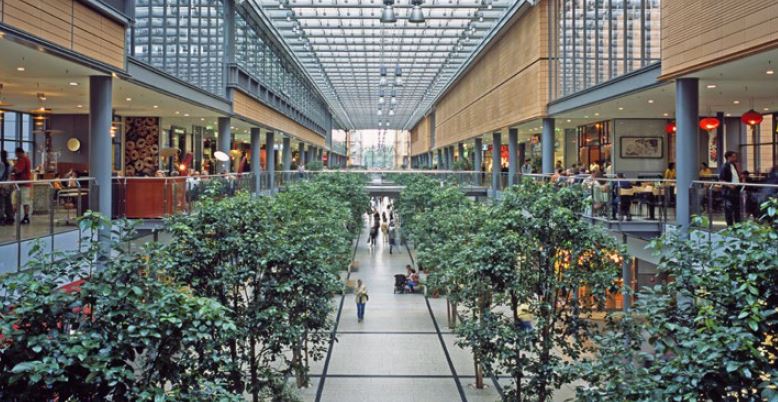Four trends helping retailers thrive in an online environment
4 minute read
Covid-19 has profoundly impacted retail industries across Europe. The enforcement of store closures, social distancing measures and heightened anxieties over viral transmission has elevated ‘digital’ to new heights across the entire customer journey.
This is the last of five short articles based on a wider piece of research on the true cost of the shift to online by Retail Economics and Alvarez and Marsal. Here we identify four megatrends that will help European retailers thrive and protect their profit margins in a digital-first environment.
As the European retail industry undergoes this period of transformation, businesses need to adopt a more detailed and data-driven approach to profitability. The shift towards online will exert greatest pressure on store-dependent operating models, requiring businesses to align with more digital-centric customer journeys. The following summarises the four trends that are helping EU retailers survive and thrive in a digital first environment:
1. Scale through consolidation and partnerships
Scale is a critical determinant of profitability for ecommerce operations as it allows significant economies of scale. However, retail markets across Europe are significantly more fragmented in some countries than others. For example, the largest 20 retailers in the U.K. accounted for 58% of the total retail market in 2020, compared with just 36% in Italy.
As retailers look to build scale across online operations, four strategies are likely to emerge:
Acquisitions: Strategic acquisitions which bolt on expertise and open new routes to market will accelerate as retailers thathave performed well during the pandemic search for attractive opportunities.
Strategic alliances: Strategic alliances here must leverage a mutually beneficial arrangement. For example, this could involve retail partnerships between pure online and store-based retailers.
Partnerships: Many retailers who struggle to grow profitability by themselves are likely to accelerate the migration towards online
aggregators and platforms. This allows retail brands to ‘piggyback' on existing infrastructure and expertise to utilise the benefits of scaled operations.
Digital investment: Retail brands will need to carefully deploy capital investment to ensure they have the right digital infrastructure (e.g. cloud computing, data mining capabilities, high-performance computing) to drive operational efficiencies, improve customer insights and support the digital transition.
2. Repurposing stores & social spaces
As the impact of COVID-19 accelerates the shift towards online, many retailers will be left with a channel-mix bias leaning towards physical stores.
The pandemic has forcibly shifted the mindsets of many retailers, as they reimagine the purpose and function of stores amidst more digitally focussed customers, travelling along more digital‑centric customer journeys.
Under these conditions, emerging customer journeys will be more frictionless and will continue to merge physical and digital realms.
Simultaneously, the purpose of stores will move beyond mere distribution, to one where they buttress existing media channels, acilitating customer discovery, interaction and brandbonding.

In addition, stores will begin to penetrate the consumer lifestyle arena where hyper-personalised marketing will target customers and entice them into stores for lifestyle consultation services, providing value beyond a company’s core product offering.
Some stores might be more geared towards click-and-collect (akin to a walk-in fulfilment hub for collection and returns), improving the profitability of the online channel. For example, c.80% of Next’s online returns go back into its own stores, making handling returns
significantly less costly.
In this new normal, a store’s measure of success will demand new performance metrics that recognise its role as a ‘customer contact’ asset and powerful customer acquisition tool which forces retailers to start thinking more holistically about their ecommerce investments. After all, it’s a well-established fact that a physical store presence creates a ‘halo effect’ of online activity.
[continued below]